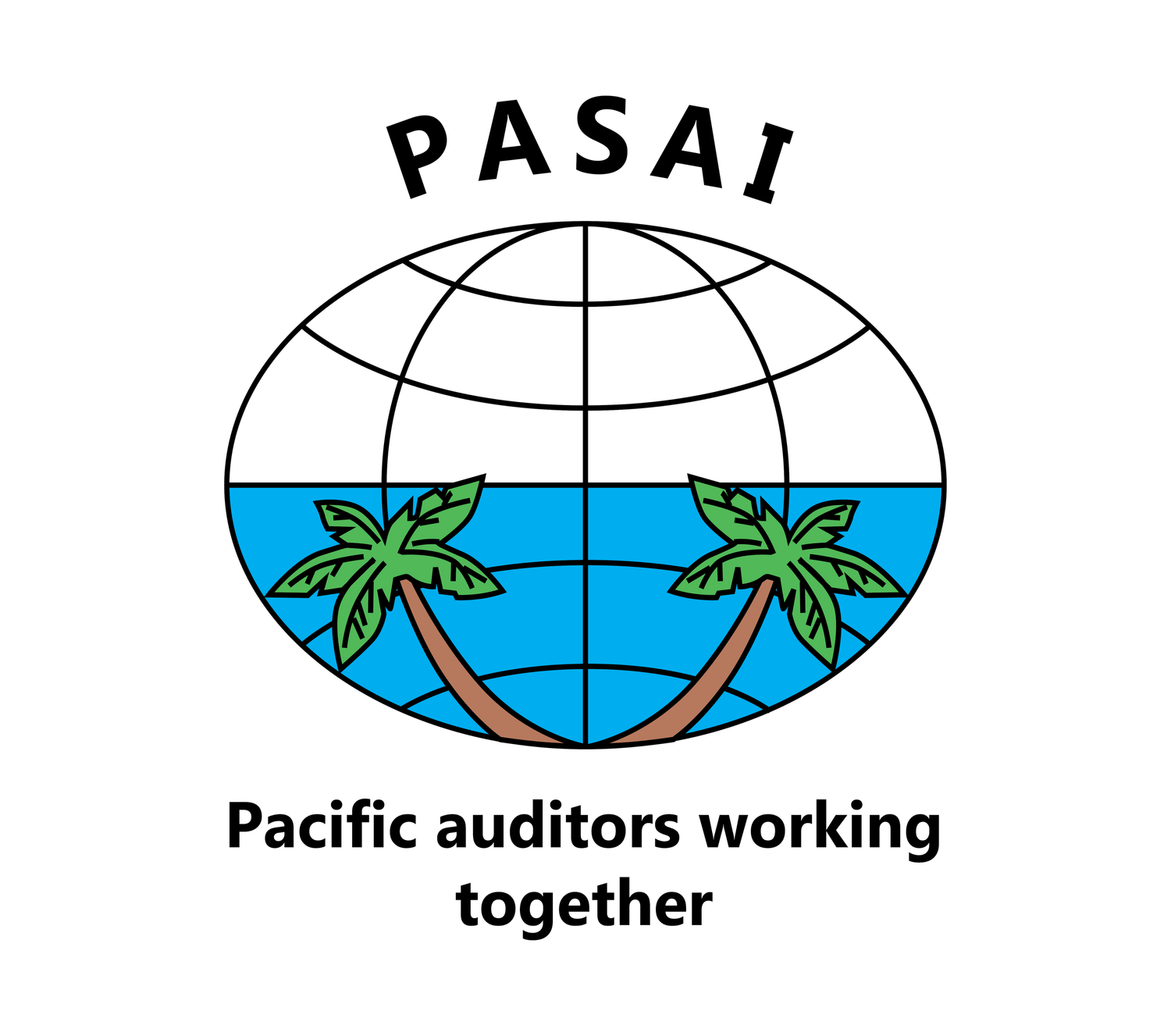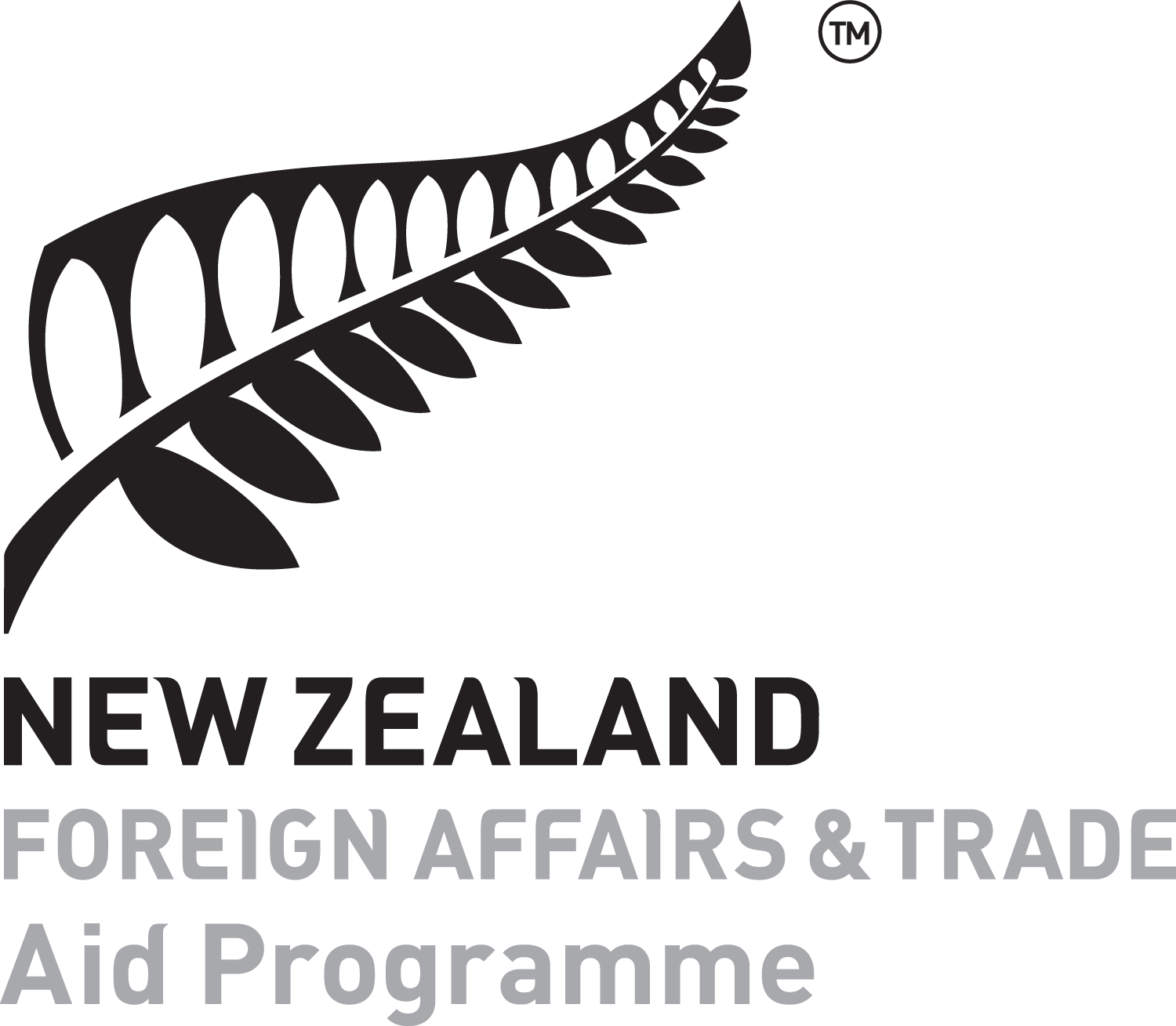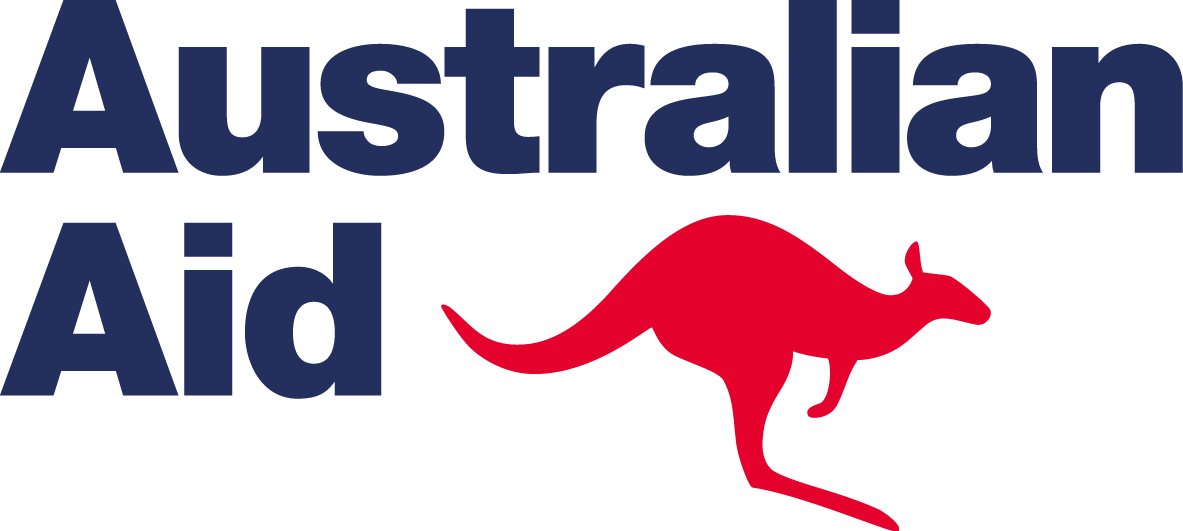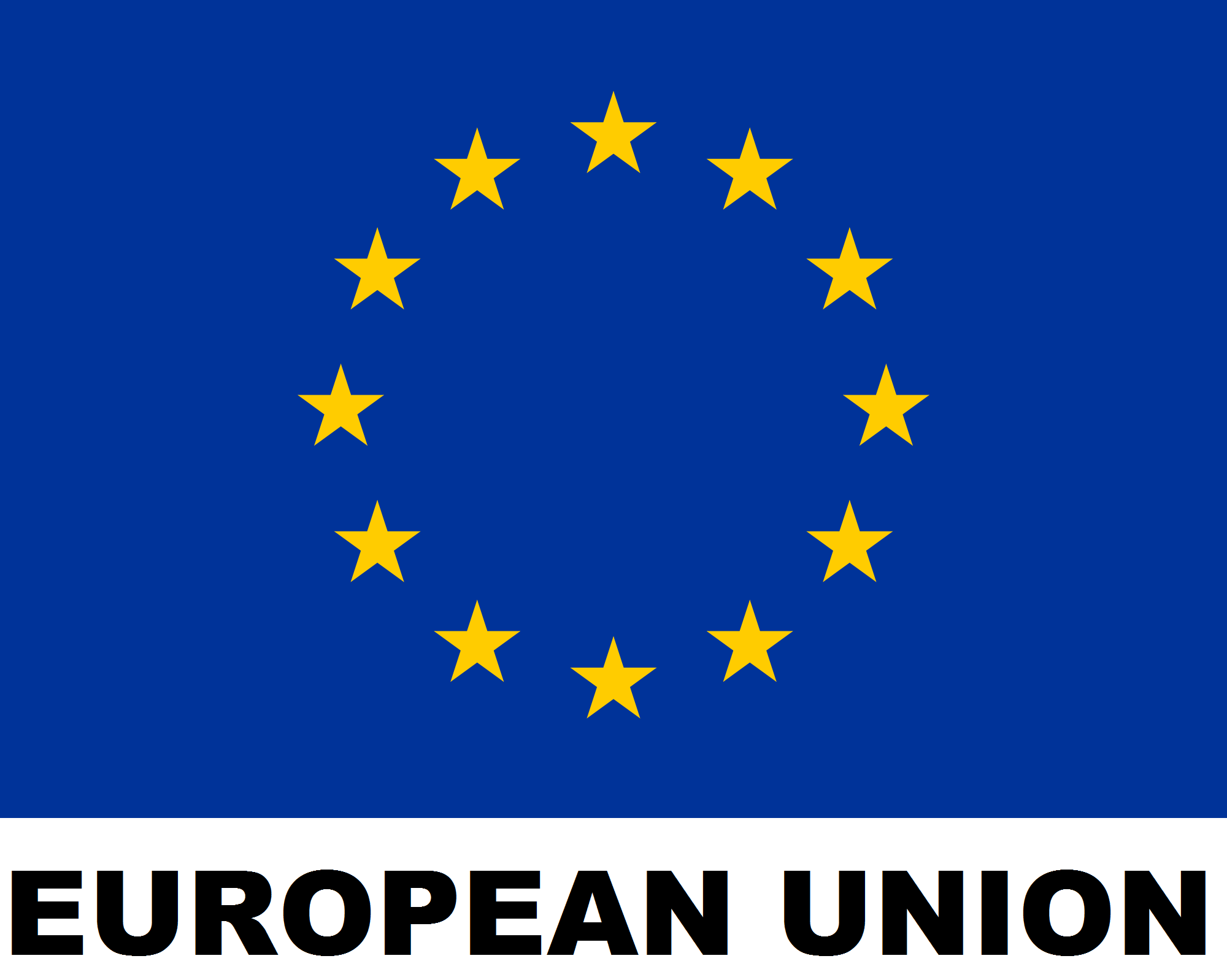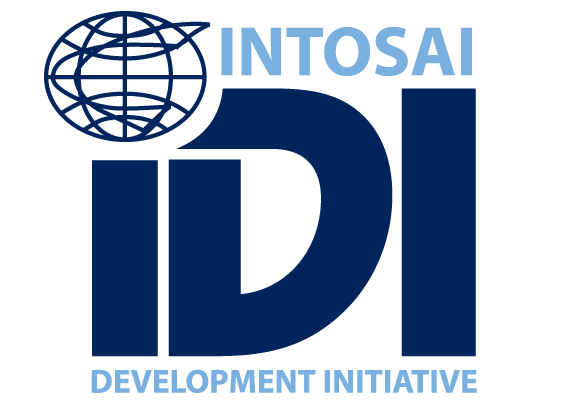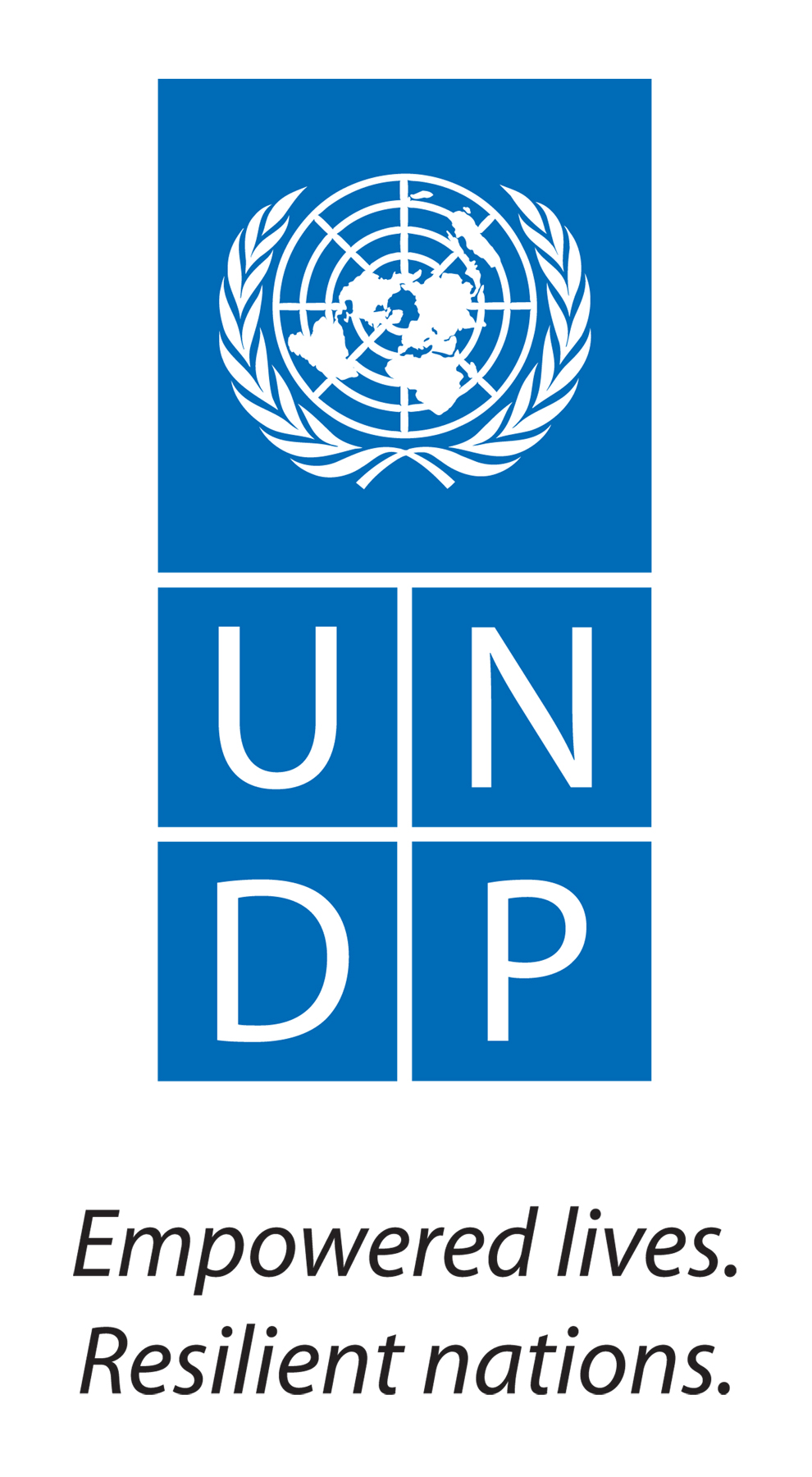BACKGROUND TO THE REVIEW
The review was conducted in the context of the PASAI Strategic Plan 2014-2024 with its central strategic priority – high quality audits completed by Pacific SAIs on a timely basis. Objective C of that strategic priority requires that SAIs produce high quality performance audits of government and regional programs. The review provided a platform to examine both the contribution of the CPA programme to regional performance auditing capacity as well as gather information and identify good performance audit practices within individual SAIs.
Quality is at the heart of auditing and the review provided an opportunity to assess quality performance auditing through the identification of practices supporting this concept. As a consequence, the review was expanded to include a further objective assessing the effectiveness of available support mechanisms – performance audit guidance and Quality Control and Quality Assurance mechanisms. This has resulted in a body of knowledge that can be shared amongst Pacific SAIs and which promotes the PASAI value of continuous improvement.
REVIEW METHODOLOGY AND THE SUB REGIONAL APPROACH
A project team was established consisting of the PASAI Secretariat including the CPA consultant, three representatives from each of the PASAI sub regions – Melanesia, Micronesia and Polynesia. This was supplemented by an external consultant who conducted a global survey to gather information from key stakeholders on:
• the CPA program,
• performance auditing capacity in the region, and
• the status of the UN SDGs.
Fieldwork was carried out between May and October 2016 in the three sub-regions. At the same time, the views of key stakeholders were gathered through the global survey. The two elements of the project methodology were complementary. Information was obtained from a range of key stakeholders through the global survey. This was supplemented by information gathered at the sub regional and jurisdictional level by the three sub-regional representatives. This included determining the current status of the approach adopted by national governments to the implementation of the UN SDGs.

